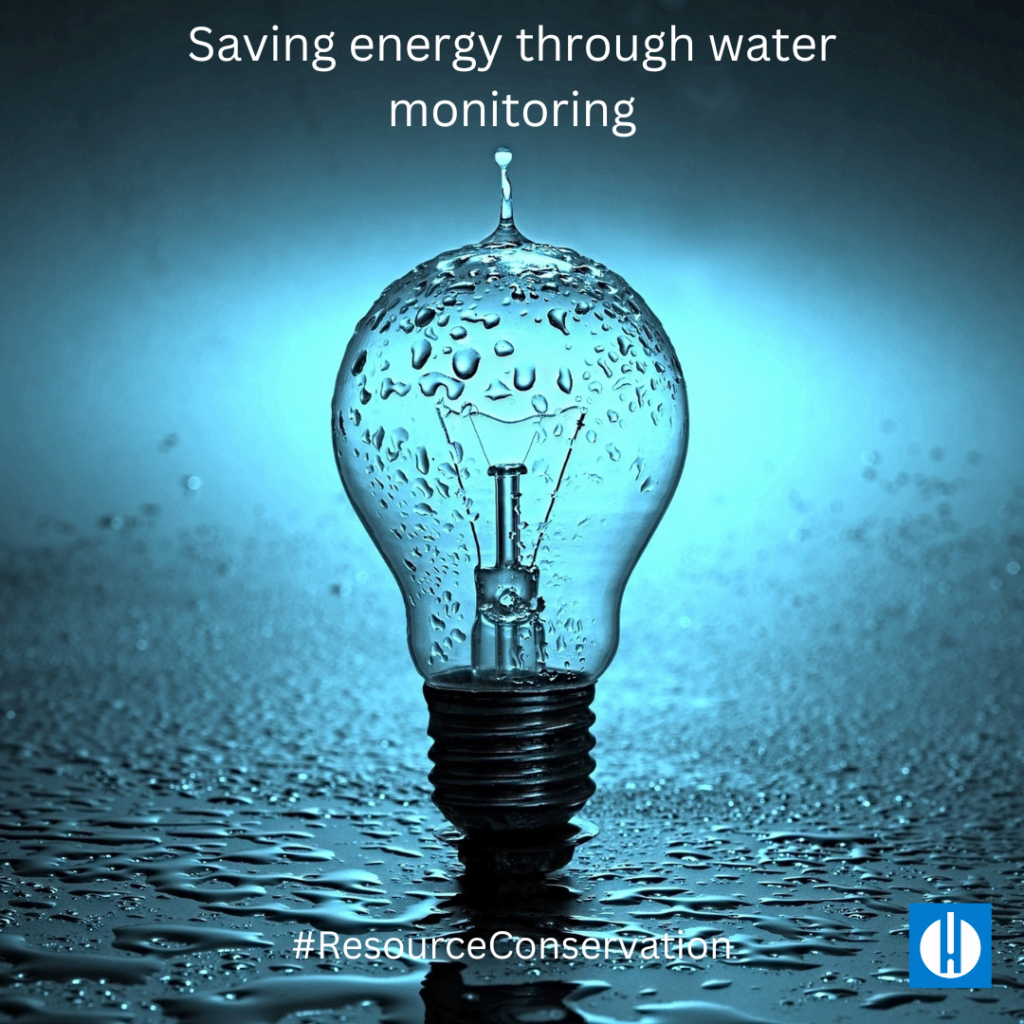
On average, a 1 mm thick layer of limescale (e.g., on the heating surface of a kettle) causes an energy loss of up to 12%! This value is already alarming in relation to private households but the effects for industry are far greater.
Example:
A feedwater boiler with 15t/h causes additional energy costs of 35,000 – 55,000 € per year with a 1mm thick limescale deposit!
But how is lime formed in the first place?
In water, alkaline earth metals such as magnesium and calcium are bound to carbonic acid. As the temperature rises, the carbonic acid escapes, which keeps the salts in solution. Since the lime-carbonic acid equilibrium no longer exists, lime is formed.
How can we solve this problem?
Our analyzers can ensure a high quality of the process water through fully automatic online monitoring and control of water treatment plants. Thus, after treatment, it can be determined whether the concentration of the above-mentioned hardness components (calcium and magnesium) is low enough to minimize the risk of limescale formation.


Post from 7th December 2022
